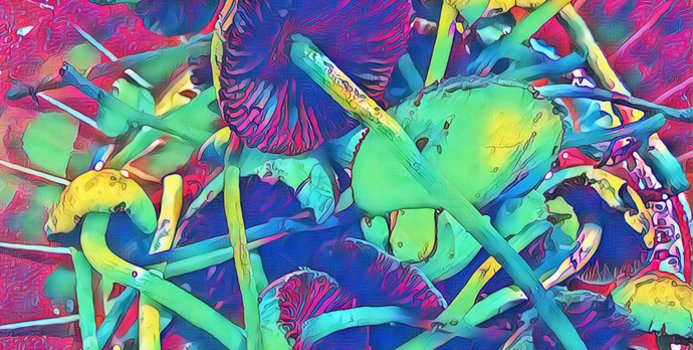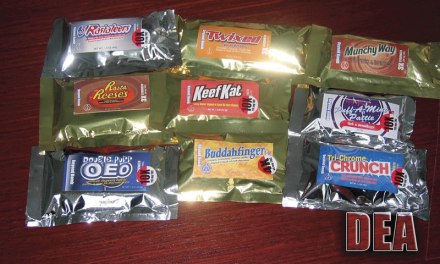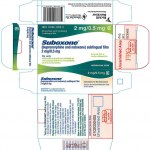Despite the popular nickname, “magic mushrooms”… seems they aren’t.
Amanita muscaria does have perception-altering effects, but unlike psilocybin mushrooms, it is also quite toxic. The bad news: evidence of amanita has been discovered in various commercially available edibles.
Muscimol and ibotenic acid are the two key ingredients found in the amanita mushroom that are responsible for both its hallucinatory qualities and the toxic consequences. The two are also believed to be behind a recent spate of hospitalizations.
A formal warning has been issued by a team of experts at UC San Diego.
Rising Popularity of “Magic” Amanita Mushrooms Raises Alarms – Scientists Warn of Serious Dangers
Amanita’s psychotropic effects — per the scientists, a “feeling of weightlessness, visual and auditory hypersensitivity, space distortion, unawareness of time, and colored hallucinations” — make it easy to mistake for its psilocybin-bearing cousins.
The senior researcher put it this way: “some manufacturers are calling Amanita muscaria products ‘magic mushroom gummies’ and not disclosing what mushroom they contain, or not making it clear Amanita muscaria is a different mushroom than psilocybin and has essentially no clinical evidence supporting its use as a therapy…”
The researchers seem to believe that it’s an interest in the therapeutic uses of psilocybin that is the main attraction for many users. I’m more than a little skeptical of that.
My guess would be that most customers are purchasing these products for their own “recreational” purposes. In other words, to get high. They’ve heard that psilocybin shrooms are safe, and simply aren’t aware of the presence of amanita mushrooms, or of the important differences between the two.
For instance, take this reporter, writing in the Dallas Observer, “a free digital and print publication based in Dallas, Texas.” I don’t get the feeling that therapeutic insights are his main goal.
Trip Canceled: Amanita Muscaria Mushroom Gummies Aren’t Magic
Psilocybin is of course a Schedule One controlled substance. Amanita mushrooms are not. As a result, the products that contain amanita are “…often marketed as a dietary supplement…”, and therefore free of the restrictions that accompany controlled substances.
I can’t help wondering if the makers and sellers of these contaminated products are themselves aware of the amanita they contain. And if they are, how much do they care?
The authors finish with this takeaway: “Companies who are making these products are pushing the limits of our regulations. They are getting away with making a buck until someone tells them they can’t… it is a buyer beware marketplace where consumers are at risk and are not accurately informed.”
“They are getting away with making a buck until someone tells them they can’t.” I think that’s an accurate description of today’s commercial drug marketplace as a whole.













